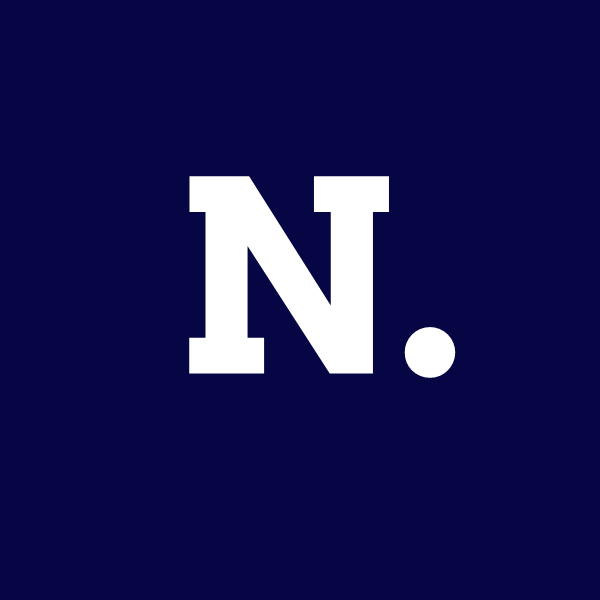The value of the U.S. dollar often grabs headlines, and for a good reason. The dollar is not just a currency; it’s a global powerhouse. People use it to buy important goods like gold and crude oil, and many countries hold it as a reserve. Because of its significance, fluctuations in the dollar’s value can have wide-ranging effects on economies around the world. Recently, the Indian rupee hit a record low against the dollar, causing concern among investors and the public alike. This news has raised questions about how these changes in currency values affect everyday life in India.
Understanding the Dollar’s Impact on India
The dollar holds a special place in the Indian economy. India’s biggest imports—crude oil and gold—are priced in dollars. This means that when the dollar’s value rises, it affects how much India pays for these essential goods. The Reserve Bank of India (RBI) keeps large reserves of dollars to manage these payments and to stabilize the rupee.
The relationship between the dollar and the rupee operates on the basic principles of demand and supply. When the demand for dollars increases, its price goes up, leading to a depreciation of the rupee. Conversely, when there are more dollars available in the market, their price tends to drop, and the rupee strengthens.
To understand this better, let’s look at two major factors currently influencing the demand for the dollar in India.
Foreign Portfolio Investments (FPIs) and Outflow
Recently, there has been a significant outflow of funds from Indian stock markets. Foreign portfolio investors (FPIs) who had previously invested in Indian stocks have begun pulling their money out to invest in other countries, particularly China, which announced a new stimulus package to boost its economy. This withdrawal of funds has led to a net outflow of $8.1 billion from India in October 2024, following a $7 billion inflow in September.
As these investors sell their shares, they receive dollars in return, which increases the overall demand for the dollar in the Indian market. When FPIs exit the Indian market, it puts pressure on the rupee, causing it to weaken against the dollar. This trend highlights how interconnected global markets are and how quickly money can move from one country to another.
Rising Crude Oil Prices
Another significant factor contributing to the dollar’s strength is the rise in crude oil prices. Crude oil is vital for India’s economy, and the country relies heavily on imports to meet its energy needs. Recently, crude oil prices surged by nearly 10% due to disruptions in U.S. oil production caused by Hurricane Milton and ongoing geopolitical tensions in the Middle East.
India’s net oil and gas import bill for the first half of the financial year 2025 reached a staggering $69 billion, and the volume of oil imports increased by 4%. When oil prices rise, India needs more dollars to pay for these imports, leading to an increase in demand for the dollar. The correlation between rising crude oil prices and the demand for dollars is direct and immediate, as higher costs mean that India needs to exchange more rupees for dollars to facilitate these purchases.
The Effects of a Weak Rupee on the Indian Economy
With the rupee depreciating to an all-time low of 84.0725 against the dollar, the consequences for the Indian economy are significant. Here’s how a weaker rupee affects various sectors and the everyday lives of people in India.
Inflation: Rising Prices for Imported Goods
One of the most immediate impacts of a weaker rupee is inflation. When the rupee falls in value, the cost of imported goods increases. For example, India’s gold imports surged to over $10 billion in September 2024, more than double the figure from the previous year. As a result, gold prices in India have also risen.
Additionally, the cost of other imported products, such as batteries and electronic components, has gone up. This leads to an increase in the prices of finished goods, affecting everything from daily groceries to consumer electronics. According to a report from the State Bank of India (SBI), imported inflation rose by 2% in September, marking a 13-month high. Consequently, India’s retail inflation climbed to a nine-month high of 5.5% in September 2024, up from 3.65% in August.
High Interest Rates and Their Consequences
The rising costs of imported goods create a challenging situation for the RBI. With inflation on the rise, it becomes increasingly difficult for the central bank to lower interest rates. Higher interest rates can attract FPIs back to India, which could bring in more dollars and help stabilize the rupee. However, this delicate balance must be managed carefully, as high interest rates can also stifle economic growth.
Opportunities for Exporters
While importers face higher costs due to a weak rupee, exporters often benefit from this situation. When the rupee weakens, exporters receive more rupees for each dollar earned, making their goods and services more profitable. This scenario is particularly advantageous for sectors like pharmaceuticals, information technology, and gems and jewelry, where exports are a crucial part of the business model.
The recent fluctuations in the dollar’s value have significant implications for the Indian economy. The rise of the dollar influences everything from inflation to interest rates, creating a complex web of challenges and opportunities. Understanding these dynamics helps make sense of how international currency markets impact everyday life in India. As the RBI works to stabilize the rupee and manage its dollar reserves, the effects of these changes will continue to unfold across the country.





